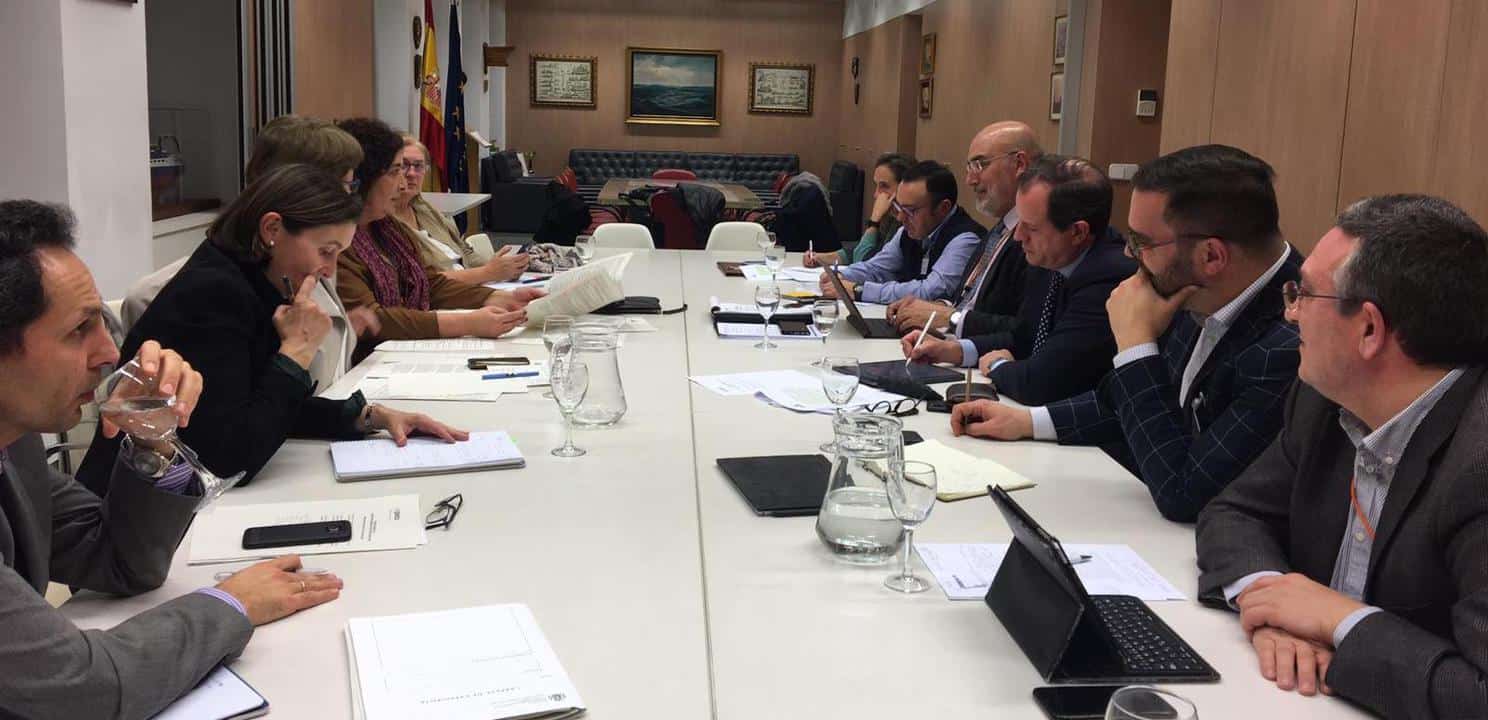The body representing the Spanish fishing sector, CEPESCA, and the Spanish members of the European Fisheries Alliance (EUFA) have held a meeting with Alicia Villauriz, appointed Secretary General for Fisheries at Spain’s Ministry of Agriculture, to exchange views on possible Brexit scenarios and consequences for the Spanish fishing industry.

CEPESCA’s secretary general Javier Garat used the opportunity to share both the viewpoint of the Spanish industry and that of the EUFA which represents the fishing industries of nine EU nations affected by the UK’s departure from the European Union.
They place emphasis on the need for a link between a fisheries agreement and a free trade agreement, for the distribution of fishing opportunities between the UK and the EU to retained, for mutual access to be maintained and for the continuation of long-term joint management of shared stocks.
‘For the fishing sector negotiations with the United Kingdom mean an opportunity for political commitments to be confirmed in a specific fishing framework and for long-term mutual benefit,’ Javier Garat said.
UK waters constitute almost half or community waters, and the Spanish fleet has an annual catch of around 9000 tonnes of mainly hake, megrim and monkfish worth around €27 million from those waters. There are currently around 80 Spanish fishing vessels licensed to fish in UK waters, representing 2150 seagoing jobs in Galicia, the Basque Country and Cantabria, as well as an estimated 10,750 jobs ashore.
The Spanish market also imports roughly 43,000 tonnes of seafood products from the UK every year, valued at around €246 million, while Spain re-exports an annual average of 21,000 tonnes of seafood products with €95 million back to the UK, although there has been a declining trend in this trade which dropped to 15,000 tonnes and a €79 million value in 2018.









